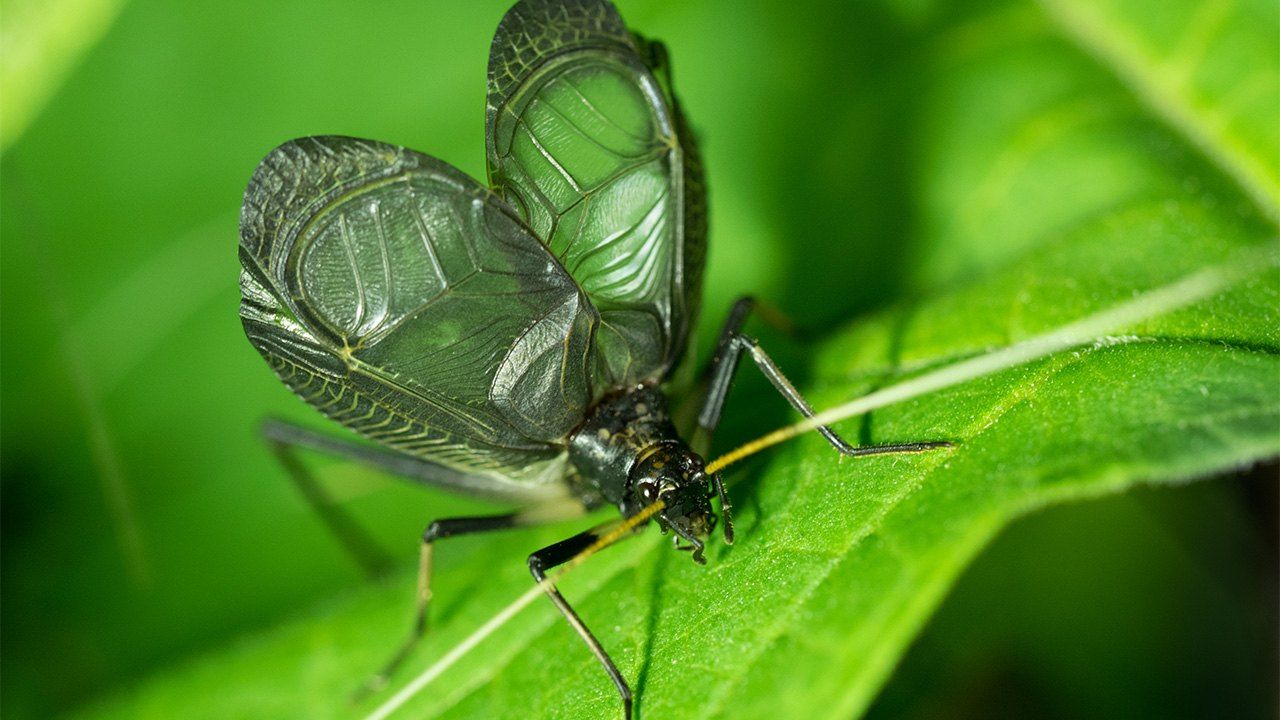
A Journey Through Japanese Haiku
The Insects and the Bathwater
Culture Environment Lifestyle- English
- 日本語
- 简体字
- 繁體字
- Français
- Español
- العربية
- Русский
ぎやう水のすて所なき虫のこゑ 鬼貫
Gyōzui no / sutedokoro naki / mushi no koe
Nowhere to
throw out the bathwater—
insect cries(Poem by Onitsura, written in 1698.)
The word gyōzui means to take a bath in a large tub. Today it is a kigo or season word for summer, but in this haiku the kigo is “insect cries,” associated with autumn.
The poet has completed his bath and wants to throw out the water, but all around him insects are chirping, and pouring it indiscriminately would interrupt their song. One imagines him as having washed away the day’s sweat one early autumn evening in a back garden overgrown with grass. Bell crickets, pine crickets, and grasshoppers, which were all much cherished in classical literature, sing tunes that delight the poet, and he does not wish to spoil their revels.
Onitsura (1661–1738) was a haiku poet from Itami in Settsu Province (now Hyōgo Prefecture). He says that in his late twenties he realized that makoto or “sincerity” was essential to haiku, and he worked to convey the truth of people’s hearts.
His friend Raizan (1654–1716), an Osaka poet, wrote the haiku Gyōzui mo / himaze ni narinu / mushi no koe (Only bathing / every other day— / insect cries), as autumn coolness discouraged the daily outdoor bathing of summer, but compensated with the music of insects. While it is not known when Raizan wrote the poem, the two friends seem to have competed in composition of haiku on the same topic.
(Originally published in Japanese. Banner photo © Pixta.)